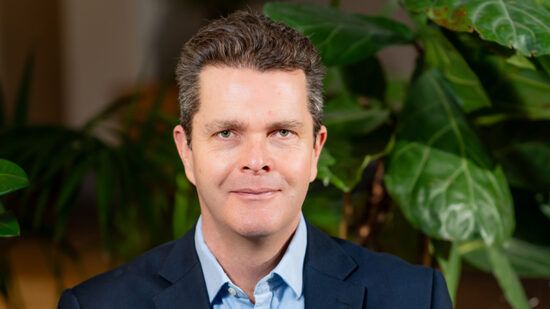
‘Getting a handle on biodiversity’
Erin Bigley, chief responsibility officer at AllianceBernstein
Climate change is often seen as strictly an environmental concern, but it’s also a human rights issue, potentially leading to increased vulnerabilities to forced migration, human trafficking, forced labour and debt bondage. Neglecting to account for climate-related modern slavery threats may present material financial risks to investors, making the development of tools to help investors assess, disclose and manage climate-related modern slavery risks key.
Biodiversity is another highly complex system that intersects with climate change and involves every kind of ecosystem service. Investors are becoming increasingly aware of the importance of biodiversity and the urgency of preserving our planet’s natural capital. Water, for example, will be at the forefront of investors’ minds over the next few years as communities, companies and countries cope with water-related biodiversity risks.
Research into biodiversity and nature-related financing is crucial to helping investors understand, analyse and manage biodiversity risks and opportunities – and get a handle on investing solutions like so-called debt-for-nature swaps. These structures require careful evaluation but may help indebted developing countries protect their vulnerable ecosystems.
+++

Meaningful social impact in bond markets
Campe Goodman (pictured left), fixed income portfolio manager, and Will Prentis, investment specialist, at Wellington Management
As impact investors, we’re really excited by the ever-evolving opportunity set to generate meaningful environmental and social impact in public fixed income markets alongside financial returns. One area we are paying close attention to is bonds specifically supporting biodiversity and nature-related projects. We already consider company management of biodiversity risk in our investment decision making and in forming our engagement agenda; and for example, we recently advised a Conservancy Agency on how to successfully grow and expand.
Regulation and changing investor preferences will lead to both greater demand and supply of credible bonds supporting this theme. Having looked at fixed income markets through an impact lens for almost 10 years, we’ve been pleased to see the market be quick to both innovate, but importantly also self-regulate to ensure bond structure credibility improves, providing investors with greater opportunities to generate genuine impact alongside financial returns.
+++

Re-emergence of a steady environment for renewables
Dario Bertagna, managing director and co-head of clean energy at Capital Dynamics
The outlook for proven renewables remains positive across mature European markets and continues to be an attractive area for investment. The past 24 months have been defined by volatility following geopolitical tensions, resulting in steady interest rate hikes to counter the sharp increase in inflation driven by the rising cost of energy. Despite this, well-structured clean energy investments continued to act as natural hedge against inflation, offering investors a strategy that performed across market cycles. With rate cuts anticipated, returning inflation to trend, clean energy funds are poised to capitalize further on a more stable go-forward.
We have observed the re-emergence of a steady investment environment in 2024 across our core renewables markets, which are predominately in the UK and Southern Europe, with governments, corporates, and utilities signalling continued support for renewable energy development. We anticipate this demand to continue to accelerate. Acquiring construction ready assets, with fixed-price high-quality offtake agreements, provides investors with long-term, transparent contracted cash flows.
+++

Re-thinking our focus around net zero
Daisy Streatfeild, sustainability director at Ninety One
Arguably, the finance industry’s multi-billion dollar effort to deal with climate change isn’t working. Real-world emissions are rising despite net-zero targets pointing in the other direction. This isn’t a lack of intent from many investors. It’s down to the different ways allocators and investors are setting about their climate strategies.
According to our Planetary Pulse survey, more than half (53%) of asset owners expect it to get more difficult to achieve emissions reduction targets, while delivering the best possible returns. A shrinking investment universe that reduces portfolio emissions will exclude industries and sectors with the potential to transition to low-carbon business models and deliver strong financial returns. Additionally, strategies prioritising reduced portfolio emissions are struggling to keep up with traditional benchmarks.
We’re reaching a point where we need to rethink what net zero investing means to increase our real world impact while continuing to generate returns for clients and beneficiaries. From an investment perspective, this means shifting focus from reducing financed emissions to financing reduced emissions – allocating investment to those who need it most and allowing the finance industry to invest at the scale required for transition and climate solutions that deliver decarbonisation. Investors also need to push forward engagement with high emitters to influence transition plans, but recognising that net-zero pathways and strategies will differ across sectors and regions.








